All About Snowboard Sizing
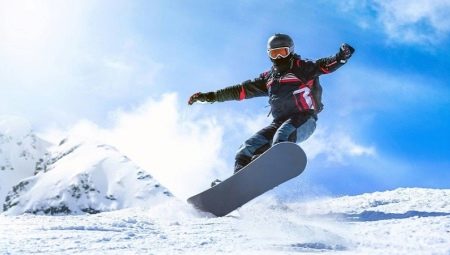
A snowboard is a sports equipment designed for a rapid descent from a snow-covered mountain slope or for performing complex figures in freestyle. The snowboard has various configurations and sizes, so the board must be selected individually, taking into account the parameters of the person for whom it is intended.
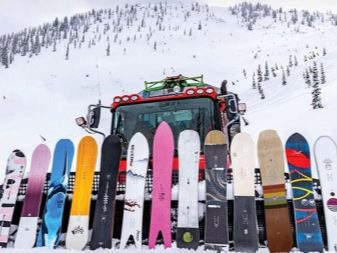
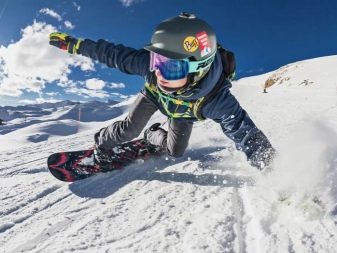
What does size affect?
The maneuverability of the board mainly depends on its dimensions. Correctly selected length will allow the athlete to easily control the apparatus, to maneuver it efficiently. The length also affects the speed of descent. A snowboard that is too long will require an overexpenditure of strength and concentration just to stay on it, to direct it where it is required. Too short can simply not withstand the weight of a person in sliding and constantly get stuck in the snow, which inevitably leads to a fall, and possibly injury. It is most correct to determine the appropriate length empirically, even despite the recommendations to choose a snowboard 15–20 cm shorter than the owner's height.
Experienced athletes often declare that it is more convenient for them to control the apparatus chosen, guided by their own feelings. For example, according to an experienced snowboarder, whose height is 180 cm and weight is 75 kg, he had to use a snowboard 160-165 cm long, but the 154 cm board turned out to be the most comfortable and maneuverable for him.
The width of the snowboard also affects its agility and vibration.

Sizes overview
The maximum dimensions of a snowboard depend on the height and weight of the athlete.
- The length of an all-purpose snowboard should be 15 cm shorter than the owner's height.
- Freeride board - less than the rider's height by 10 centimeters.
- The freestyle equipment is chosen less than the height of the snowboarder by 8-10 cm.
People whose weight does not meet generally accepted standards have to take this into account.The dimensions of this type of sports equipment for a massive person require adding another 5 cm to the selected length. The size of the board for someone who lacks weight for his height should be 5 cm less than the value obtained.
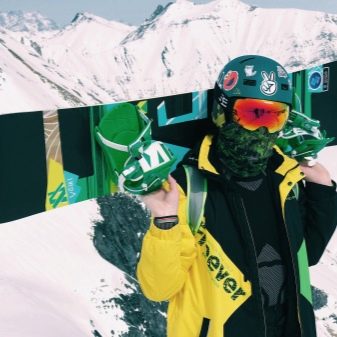
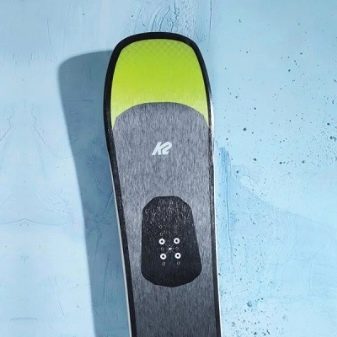
The width dimensions are as follows:
- up to 25 cm - narrow;
- 25–26 cm - standard and medium;
- from 25 cm at the waist - wide.
The latter, that is, wide snowboards, are most suitable for riders with a foot over size 44. All of the above parameters seriously affect not only riding comfort, but also the ability to perform certain tricks on a slope, springboard, in the mountains or in a park.
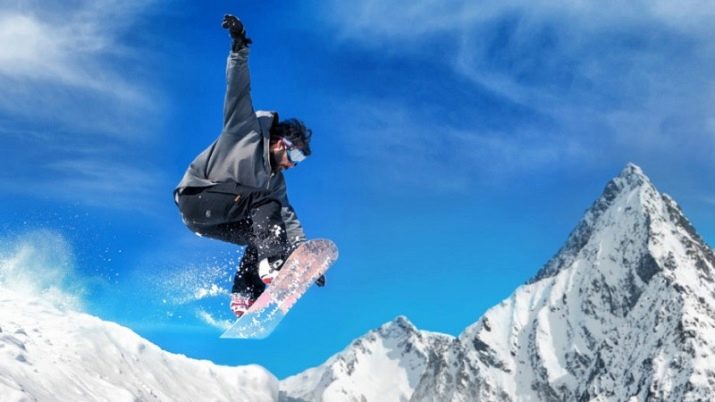
How to choose?
Descent from the mountain on a snowboard is an extreme and dangerous activity. Therefore, you need to have the appropriate equipment. Protection is required:
- hat and gloves;
- helmet or balaclava;
- shorts and back protection;
- knee pads, elbow pads, wrist protectors.

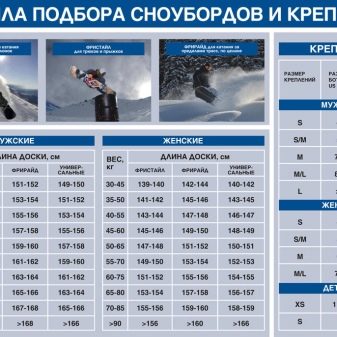
The choice of board is influenced by weight and height, level of training, riding style. The projectile for each type has its own nuances, differences in length and width, rigidity and fastenings. Women's snowboards are purposefully designed, taking into account the anatomical features. This model has a narrow waist, slim profile and smoother lines. Kids' snowboards are softer than the women's and men's models. The size table of children's equipment will help in choosing the right board.
Selection for an adult by weight and height will also be successful if you focus on the table. It will help you find out the correct length, and the maneuverability of the board and the ability to control it largely depends on this.
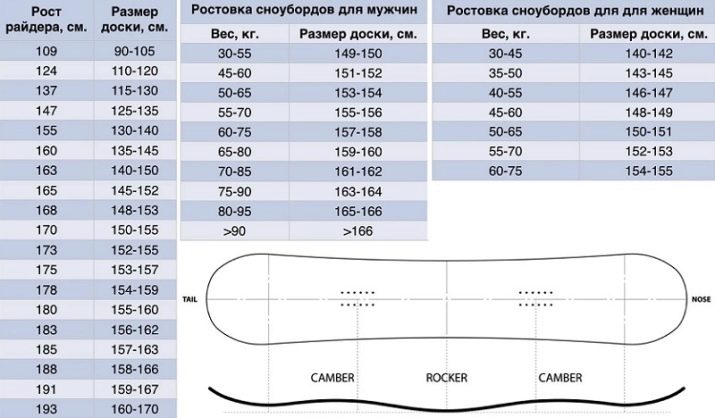
Length
If for some reason there is no access to the tables, you can calculate the length of the board yourself. You need to measure your own height, from which you then subtract 15 cm. Further, with the result obtained, more detailed clarifications are carried out:
- with a large build, for example, men, add 5 cm, a fragile girl needs to take 5 cm away;
- a beginner should take away 8–10 cm, while a more experienced one can take away only 4–5 cm;
- for skiing on mountain slopes, add up to 9 cm to the base figure;
- if you have to ride in a park or on low slopes, take away 1-4 cm;
- on an unprepared track add 3-5 cm;
- for freestyle minus 3-5 cm, for freeriding - add 5 cm.
At the end of all calculations and manipulations, the last stage of verification will remain. You need to put the board vertically in front of you: if its upper edge is located between the chin and collarbones, then the calculations were correct. If you have to stand on a snowboard for the first time in your life, then you can add another 10 cm, they will give more stability.
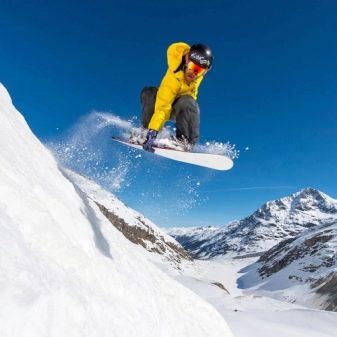
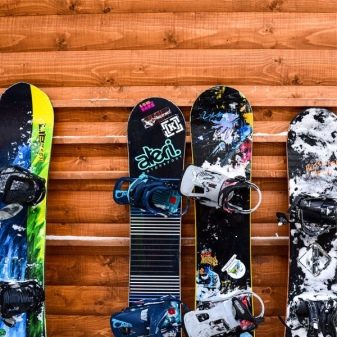
Width
The standard waist width for sports equipment is when the boots hang slightly over the edges, but not enough to touch the surface of the slope during a side slip. It should be borne in mind that the size of boots of the same size may differ slightly from different manufacturers, so boots 44, 43, 42, 38 and other sizes must be measured before buying.
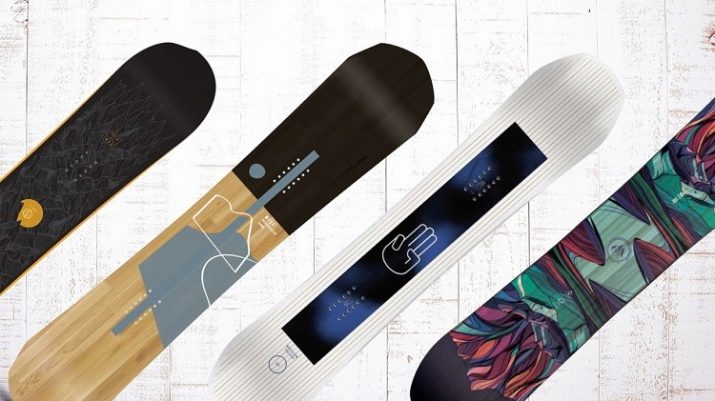
Riding style means a lot to the selection of the projectile.
- All mountain - the snowboard is suitable for any track (powder, park, prepared track). A great option for a beginner.
- Freestyle - the board is slightly shorter, twin or all mountain freestyle.
- Freeride - rigid board, directional shape. Dimensions are generally larger than freestyle boards.
- Powder - snowboards for this type of surface have a wide nose, narrower tail and more deflection.
- Splitboard - backcountry models. They have significant differences from the rest and consist of two detachable parts. Designed for descending and ascending, use special bindings and require good skiing skills.
Knowing all the listed features for each type of snowboarding will help you make the right choice of snowboard.










